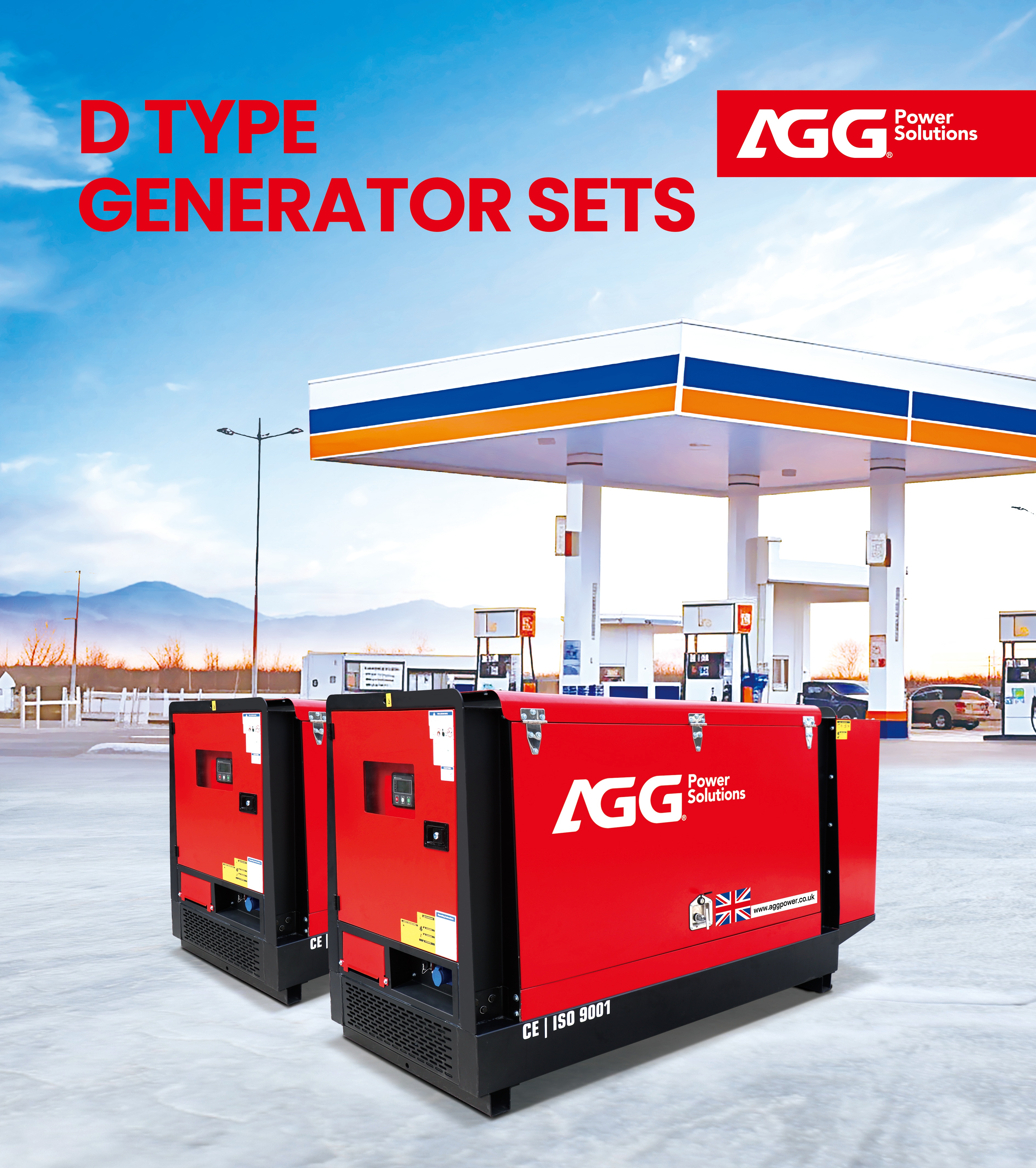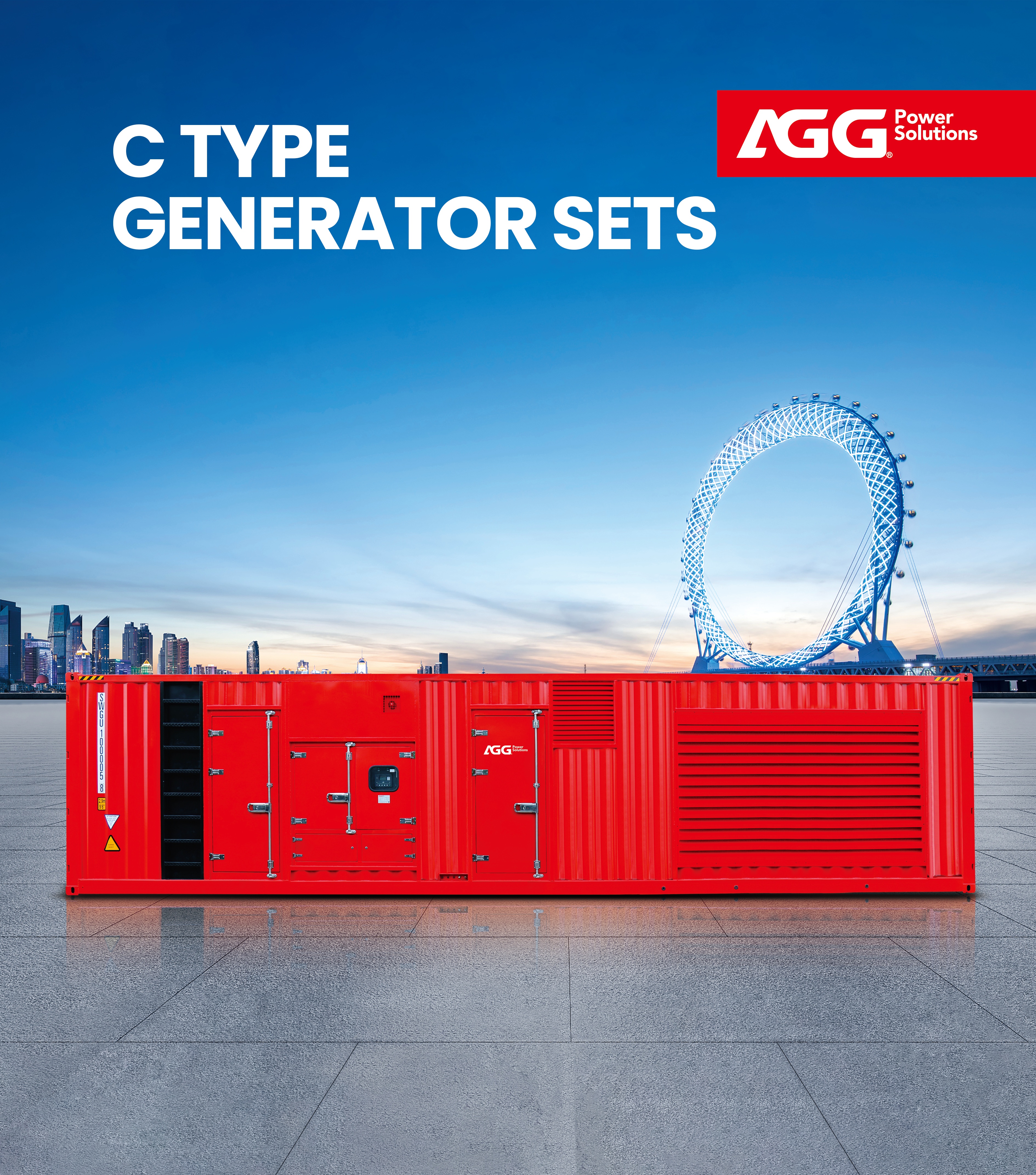When choosing a generator, it is essential to understand the various ratings - standby, prime and continuous. These terms help define the expected performance of a generator in different situations, ensuring that users choose the right machine for their needs. While these ratings may sound similar, they represent different power levels that can affect performance and applications. Let's take a deeper look at what each power rating means.
1. Standby Power Rating
Standby power is the maximum power that a generator can provide in the event of an emergency or power outage. It is capable of being used for short periods of time, usually a limited number of hours per year. This rating is usually used for standby purposes, in which the generator operates only when the utility power is disconnected. According to the generator manufacturer's specifications, standby power can run for hundreds of hours per year, but should not be used continuously.
Generators with a standby rating are typically used in homes, businesses and critical infrastructure to provide back-up power in the event of temporary power outages caused by, for example, blackouts or natural disasters. However, since they are not designed for continuous operation, the components of the generator cannot withstand constant loads or extended run times. Overuse or overloading may result in damage to the generator.

2. Prime Power Rating
Prime power is the ability of a generator to operate continuously for an unlimited number of hours per year at variable loads without exceeding its rated power. Unlike standby power, prime power can be used as a generator ideal for long-term use, for example in remote areas where there is no power grid. This rating of generator is typically used on construction sites, agricultural applications or industrial processes that require reliable power for extended periods of time.
Prime-rated generators is able to run 24/7 under different loads without damage to the machine, as long as the output power does not exceed the rated power. These generators utilize higher quality components to handle continuous use, but users should still be aware of fuel consumption and regular maintenance to ensure optimal performance.
3. Continuous Power Rating
Continuous power, sometimes referred to as "base load" or "24/7 power", is the amount of power output that a generator can continue to provide over a long period of time without being limited by the number of hours of operation. Unlike initial power, which allows for variable loads, continuous power applies when the generator is operated under a constant, steady load. This rating is typically used in high-demand, mission-critical applications where the generator is the primary source of power.
Continuous power-rated generators are designed to handle uninterrupted operation at full load without stress. These generators are typically deployed in facilities such as data centers, hospitals, or other industrial plants that require a consistent and reliable supply of power at all times.
Key Differences at a Glance
| Power Rating | Use Case | Load Type | Operational Limits |
| Standby Power | Emergency backup during power outages | Variable or full load | Short durations (a few hundred hours per year) |
| Prime Power | Continuous power in off-grid or remote locations | Variable load (up to rated capacity) | Unlimited hours per year, with load variations |
| Continuous Power | Uninterrupted, steady power for high-demand needs | Constant load | Continuous operation without time limits |
Choosing the Right Generator for Your Needs
When choosing a generator, knowing the difference between these ratings will help you choose the right machine for your requirements. If you only need a generator for emergency backup, one standby power is enough. For situations where your generator will be in use for a long time but has fluctuating loads, a prime power generator is your best option. However, for critical infrastructures that require a continuous, uninterrupted power supply, a continuous power rating will provide the reliability needed.
AGG Generator Sets: Reliable and Versatile Power Solutions
AGG is a name you can trust when it comes to providing quality power solutions. AGG offers a wide range of generators from 10kVA to 4000kVA to meet the needs of a variety of industries and applications. Whether you need a generator for emergency standby, continuous operation, or as a primary source of power in an off-grid location, AGG has a solution for your specific power needs.
Designed for durability, performance and efficiency, AGG generators ensure your operation stays powered up no matter what the demand. From small operations to large industrial plants, AGG offers reliable, efficient and cost-effective solutions to keep your business running smoothly.

In conclusion, understanding the differences between standby, prime, and continuous power ratings is crucial when selecting a generator. With the right power rating, you can ensure that your generator will meet your needs efficiently and reliably. Explore AGG’s extensive range of generator sets today and find the perfect solution for your power needs.
Know more about AGG here: https://www.aggpower.com
Email AGG for professional power support: [email protected]
Post time: May-01-2025

 China
China
